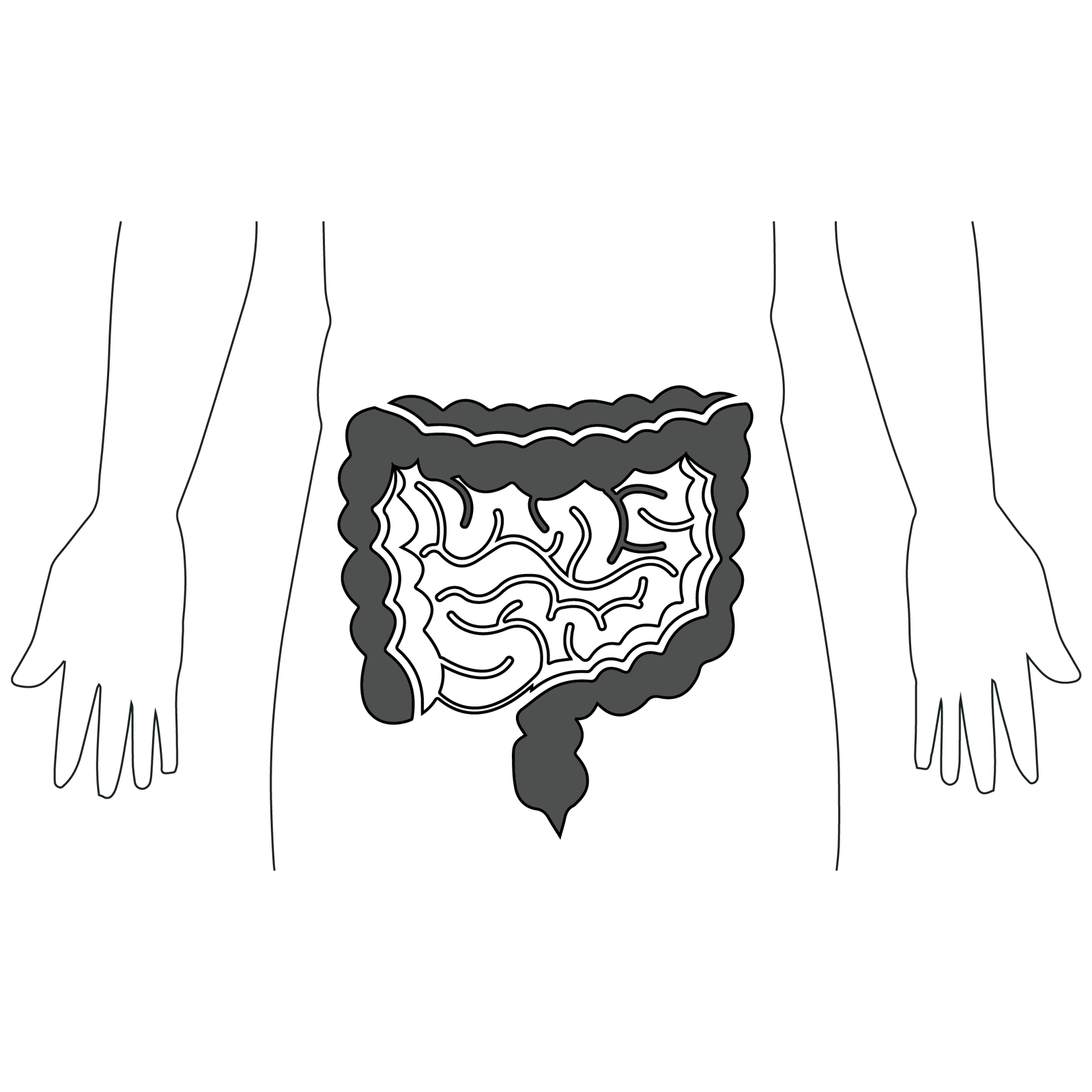
Introduction
Riboflavin (also called Vitamin B2) is one of the 8 water-soluble vitamins.
It was discovered post thiamin and has a more heat-stable factor. [1,2]
The body uses this vitamin to metabolise carbohydrates, fats, and protein into glucose for energy. [3]
Riboflavin is absorbed more efficiently from plant-based foods than animal-based foods. [2]

- Most riboflavin is absorbed in the proximal small intestine. [2]
- The absorption rate is proportional to the food intake levels and is estimated to be around 95%. [2]
- Being a water-soluble vitamin, boiling foods containing vitamin B2 can lead to twice as much loss as when they are prepared in other ways, such as by steaming or microwaving. [2]

- A very small amount of vitamin B2 is stored in the heart, liver and kidneys for a maximum period of 45 days. [1]

- Urine is the main route for the elimination of riboflavin. [1]
- It has a yellow-green fluorescent pigment, which causes urine to turn yellow. [3]
Body Functions

Recommended Daily Intake

Deficiency Symptoms

Riboflavin Food Sources

Excessive Intake/ Toxicity Side Effects
Toxicity is rare for this nutrient as it’s a water-soluble vitamin and the body removes excess amount instantly. [1,2,4]
Groups At Risk of Riboflavin Deficiency
Riboflavin Interaction With Other Nutrients
- Iron – Riboflavin deficiency can possibly alter iron absorption and cause anaemia. [3]
- Other B vitamins – Riboflavin is involved in the metabolism of niacin and vitamin B6. [1]













